 I love to drink champagne. It doesn't have to be a special occasion, in fact, sometimes I'll make one up just to have an excuse to celebrate with the bubbly stuff. Whether I'm toasting to a job well done or a job I didn't quite get done, champagne always puts a smile on my face. But what doesn't make me smile is the price: champagne isn't cheap! So today on the VC blog, let's talk about a delicious and more affordable alternative to the fancy french stuff: cava.
I love to drink champagne. It doesn't have to be a special occasion, in fact, sometimes I'll make one up just to have an excuse to celebrate with the bubbly stuff. Whether I'm toasting to a job well done or a job I didn't quite get done, champagne always puts a smile on my face. But what doesn't make me smile is the price: champagne isn't cheap! So today on the VC blog, let's talk about a delicious and more affordable alternative to the fancy french stuff: cava.
I discovered cava on a recent trip to Spain. It's a Spanish sparkling wine, and something that Spaniards take quite seriously. Spain is renowned throughout the world for their excellent wines: they are known especially for the care they take in growing wine grapes perfect for their different regions. Their wines are generally excellent and highly regarded throughout the world. Not as popular in the US, but just as important to Spaniards, is cava.
Cava is produced in the Catalonian region of Spain, concentrated in the northwestern Penedès area. 130 million bottles of cava is produced each year by 250 Spanish cava makers. The grapes they use are predominantly Macabeo, Xarello, and Parellada, which give cava light, bright, and perfumed characteristics.
Cava is made in the traditional French method used to produce champagne: méthode champenoise, and in fact was called champán or xampany after true French champagne until champagne was given Protected Geographical Status. In fact, there are very strict rules governing what can and cannot be labeled a cava (just as there are such rules for champagnes) and one of them is that it's not a cava unless it is made in the proper méthode champenoise. Thus, in terms of production at least, it's really no different than a true champagne. The same, of course, can't be said for its grapes and growing conditions, but Spain's reputation in these categories definitely makes cava a tough competitor.
Because cava isn't as well-known as champagne, you can generally get significantly more bang for your buck by reaching for the Spanish, rather than the French stuff. Be aware that cava comes in different degrees of sweetness, with Brut Nature being the driest (no sugar added) and Dulce being the sweetest (more than 50 g/litre of sugar added.) Also be aware that not ever sparkling wine from Spain is a cava (and those that aren't are not subject to the same production quality regulations). Here's an easy way to tell: all true cavas have a 4-pointed star on the cork.
So, fellow champagne lovers, get out there and try some cava, and let us know what you think!


